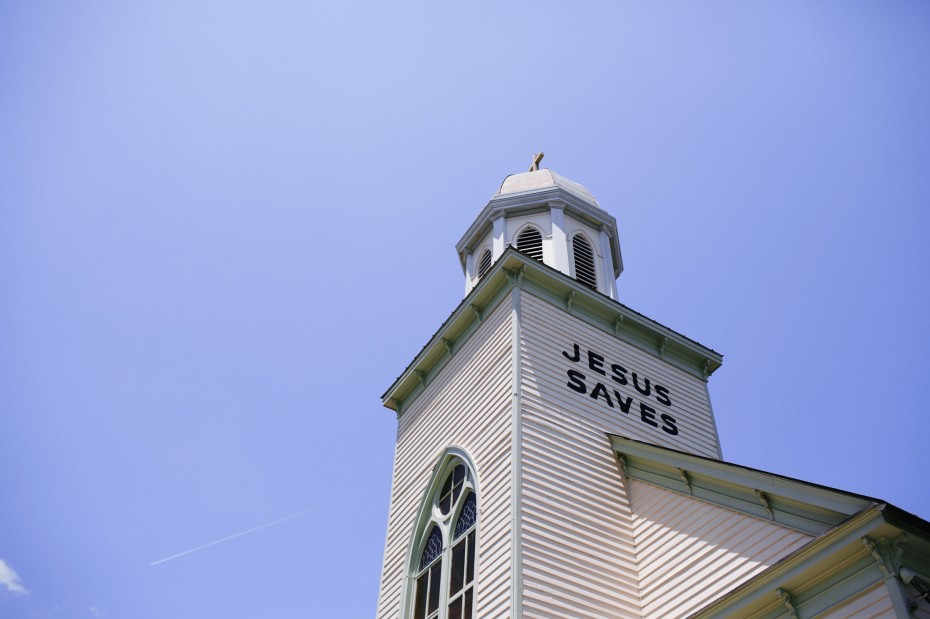This Journal Post is part of our series of different city reports. Through our continuous observations of local and global shifts in the socio-cultural sphere, we are able to provide insights from a variety of creative perspectives.
Everyday in July, around three o’clock, the clouds roll in. Billowing high into the sky, it seems like all of Charleston could fit inside it. The dark bottom weighs closer and closer to the ground, heavy with water. It only takes ten minutes for it to empty on us, turning our streets into rivers that rush into drains. The drains disappear into the harbor, the harbor to the sea. Summer in Charleston is extreme: extremely hot, extremely wet, and extremely humid. It’s an extremely ridiculous time to visit, but still the tourists come in droves. No one told them to pack for the Amazon, no one told them about the monsoons. They come because they have heard that Charleston is the best city in the world, but no one told them how still and heavy the air is after the rain.
Last year, Conde Nast Traveler reader’s choice voted Charleston, South Carolina the Best City in the World, with Cape Town and Florence pulling second and third place — yeah, we thought it was weird too. This year, Travel + Leisure has named Charleston the 10th Best in the World and number one in the U.S. and Canada, beating San Francisco and New York. If all of these accolades aren’t going to our heads, we have also shamelessly collected awards for America’s Most Attractive City, Friendliest City and second Best-Dressed City. It feels like, all of a sudden, the entire country — and apparently the world — is watching Charleston. And for an old Southern town steeped in good manners and tradition, it’s a lot to handle.



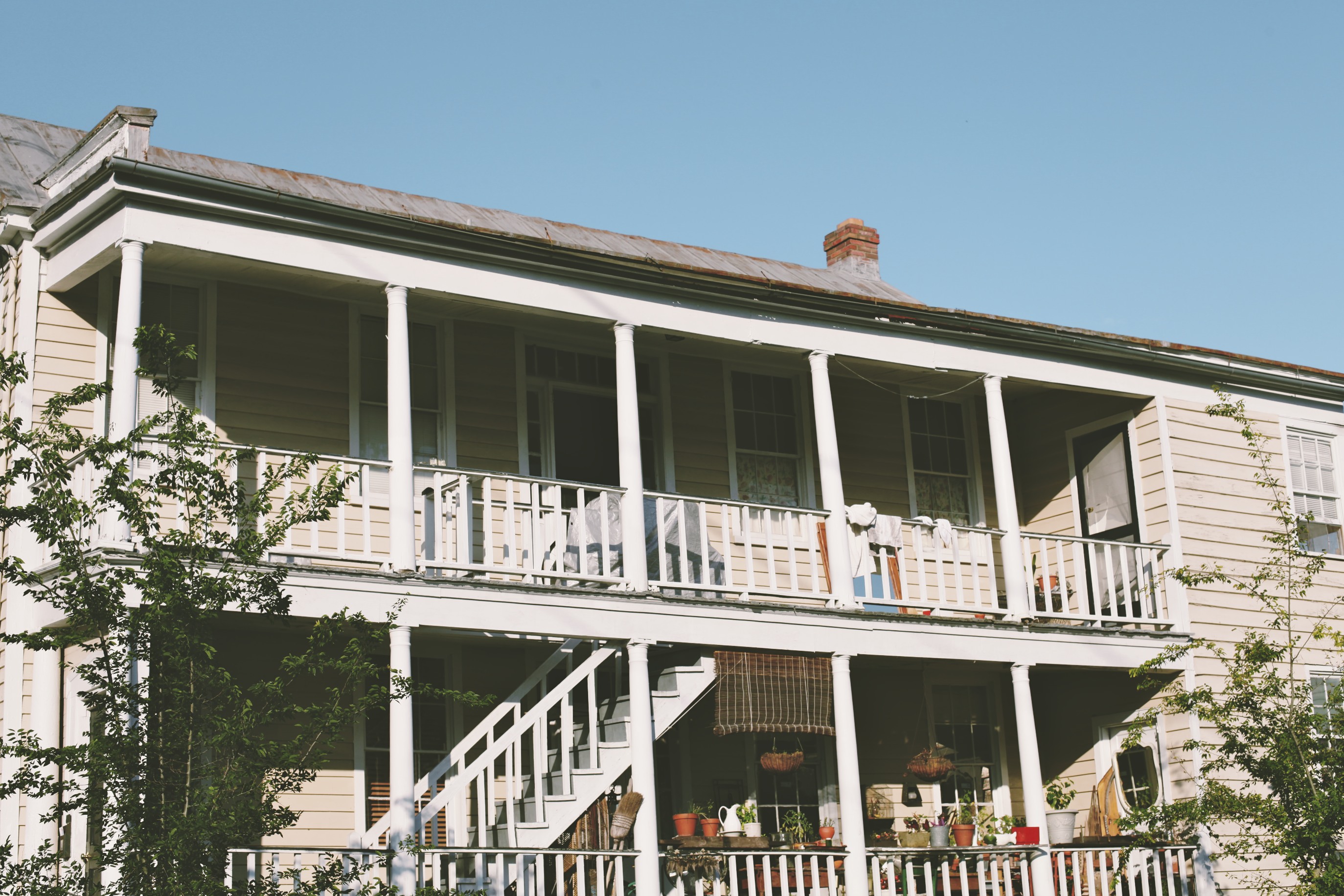

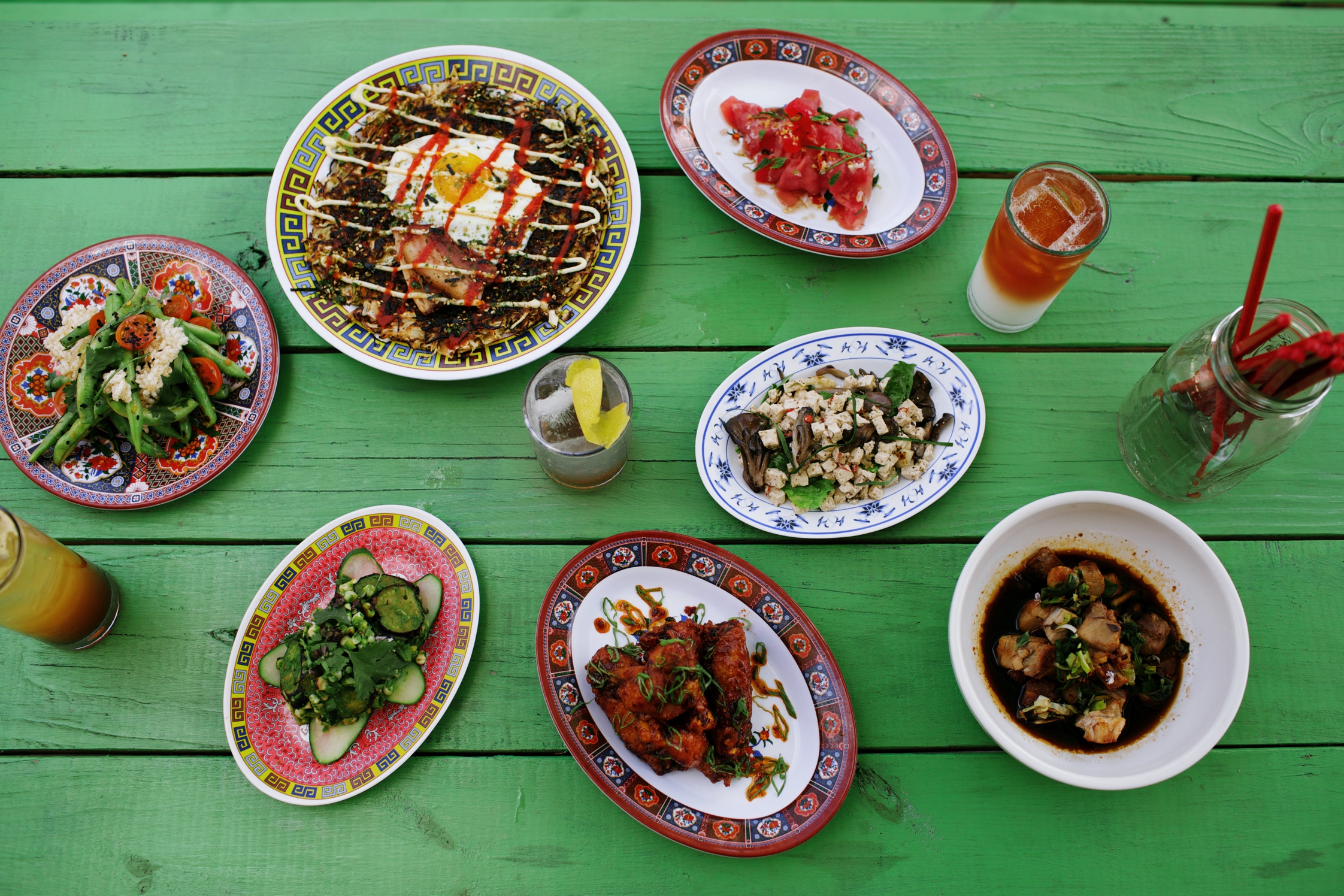




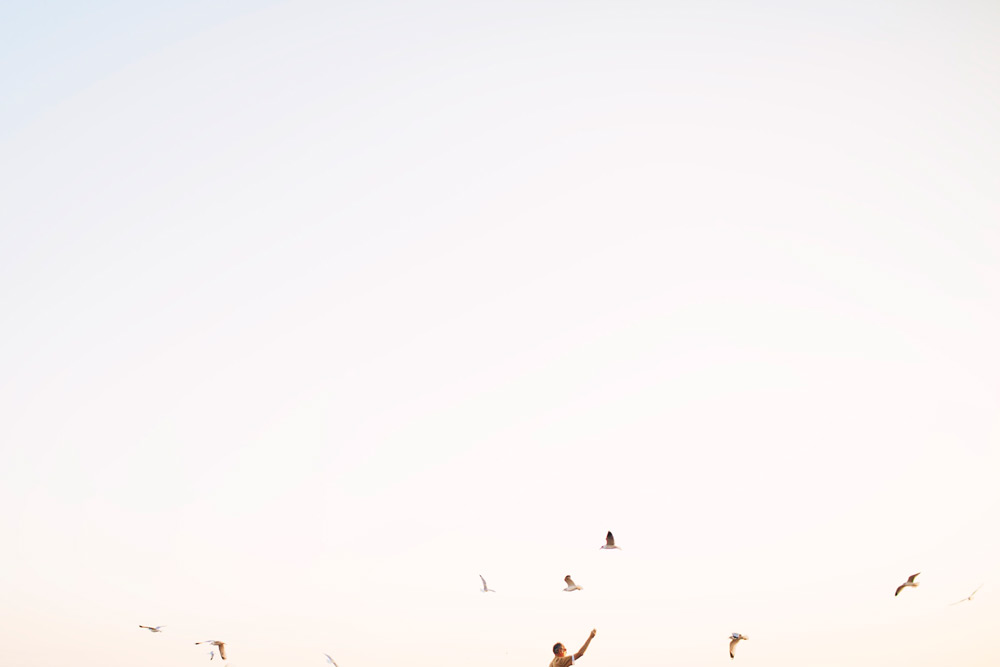

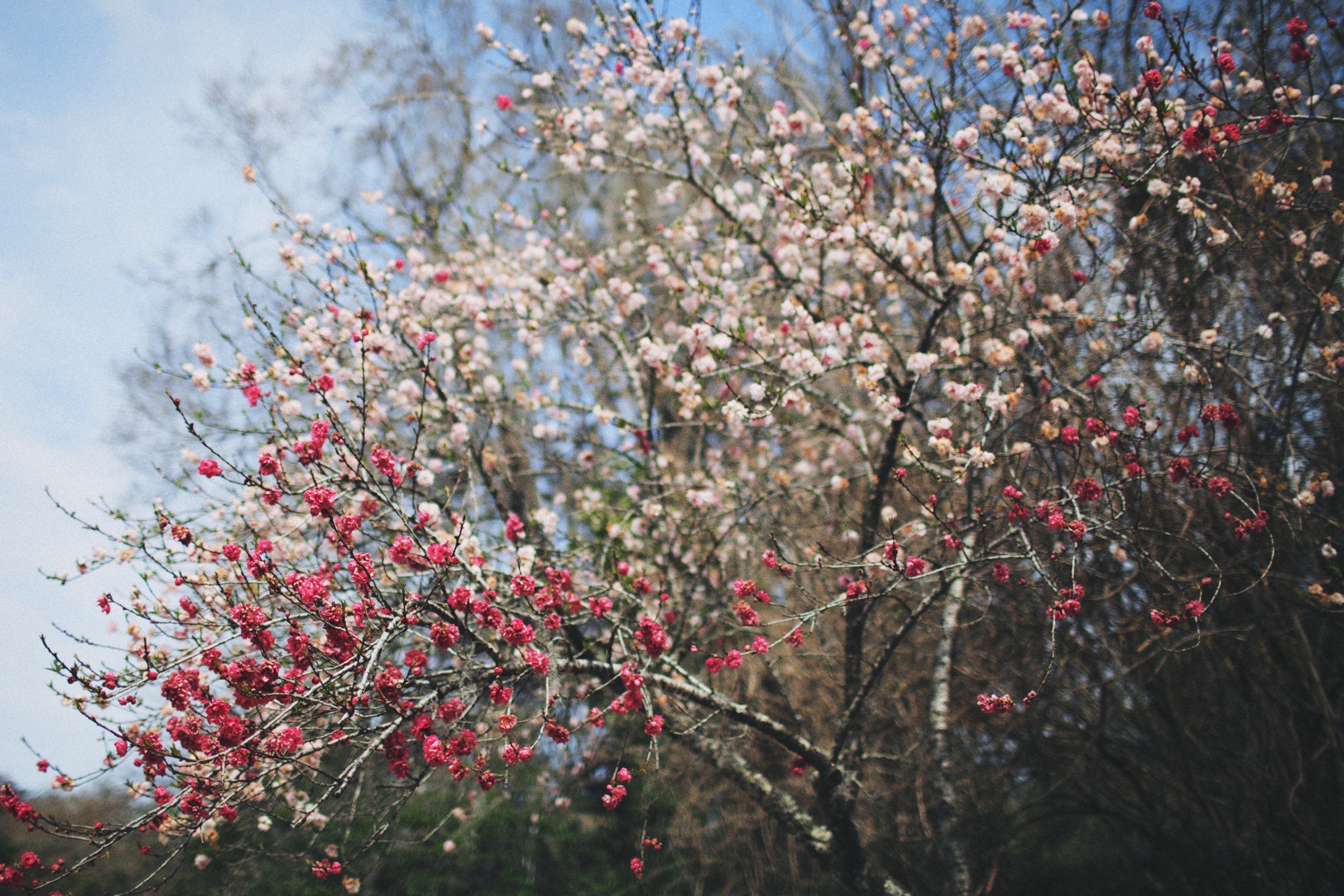





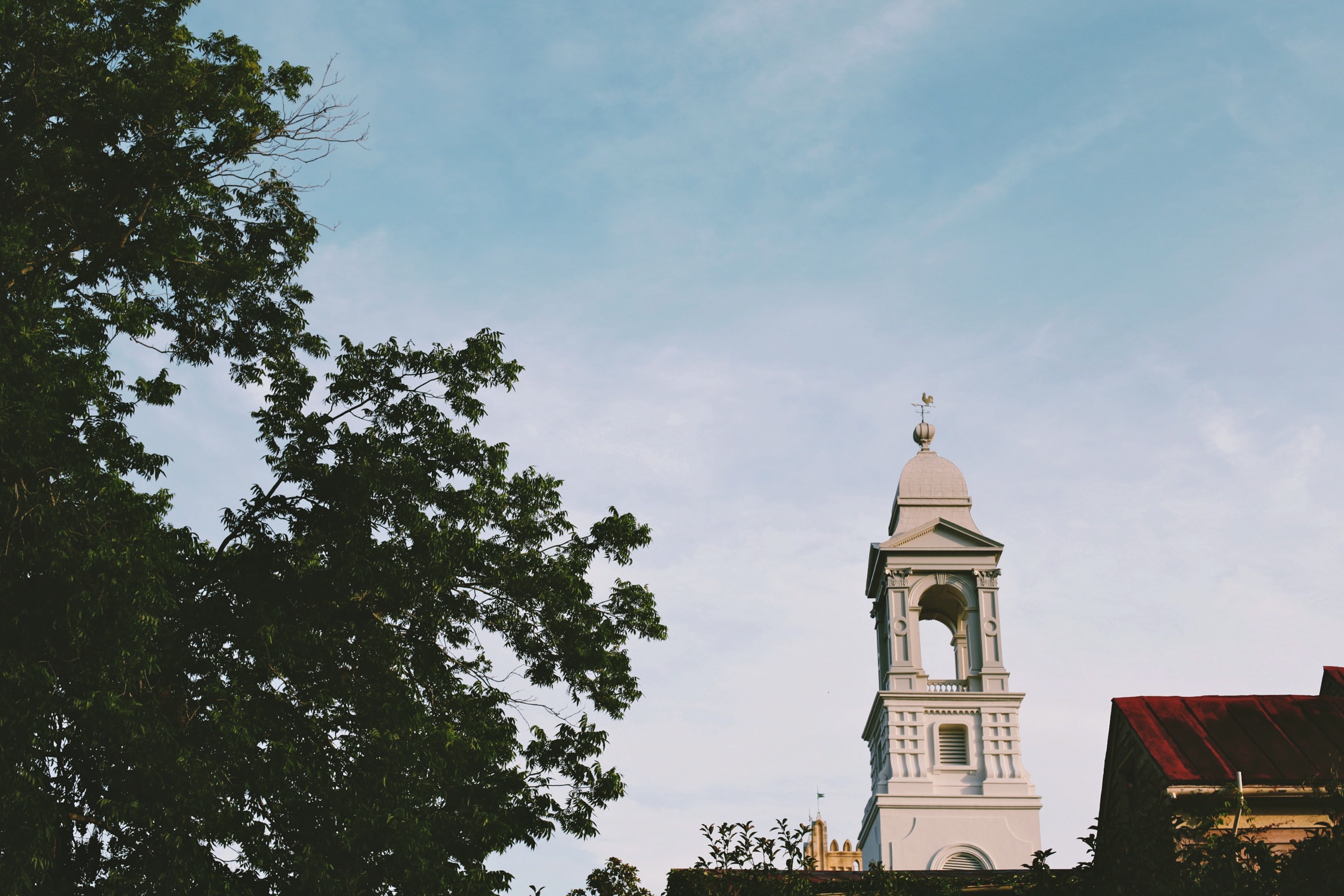
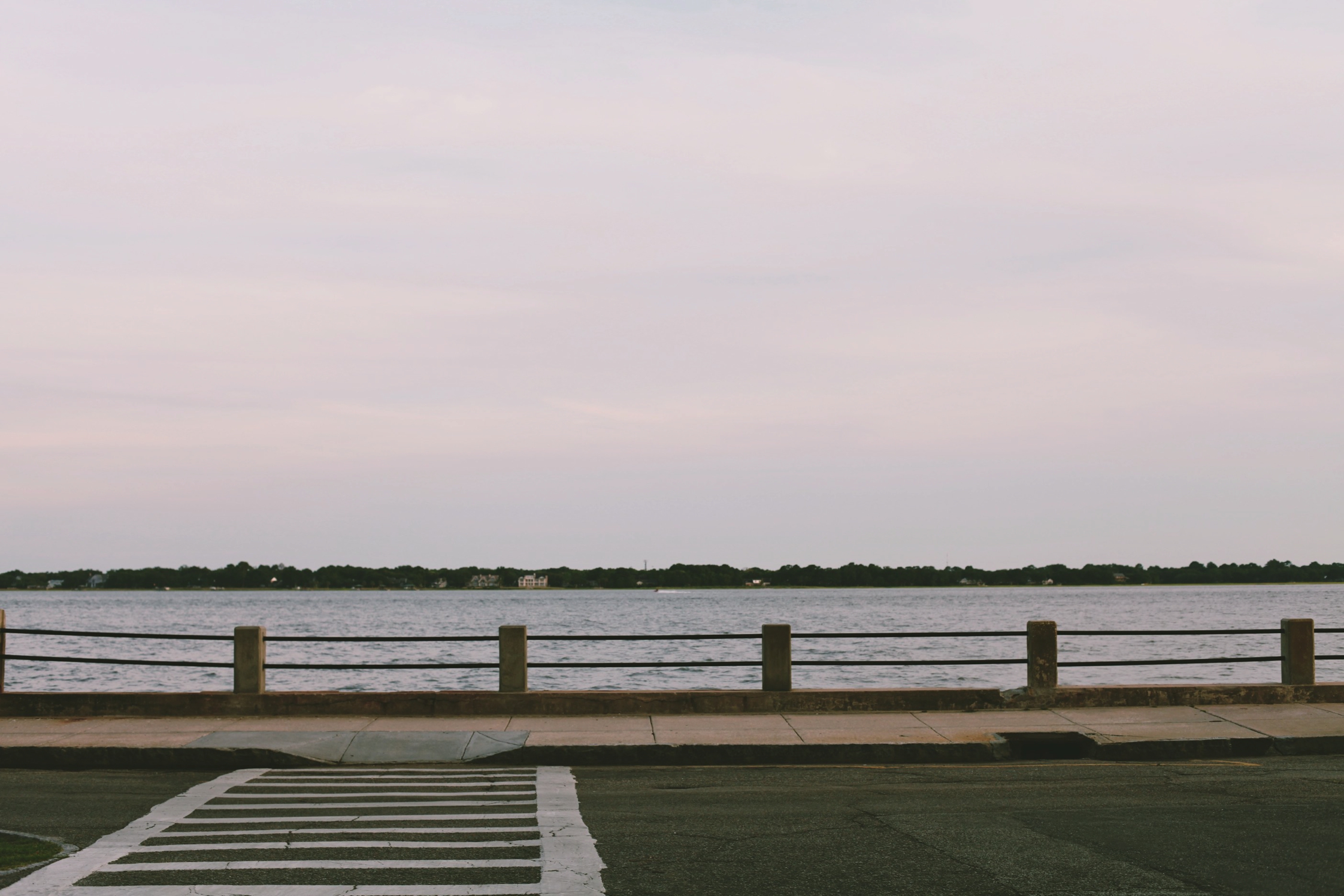

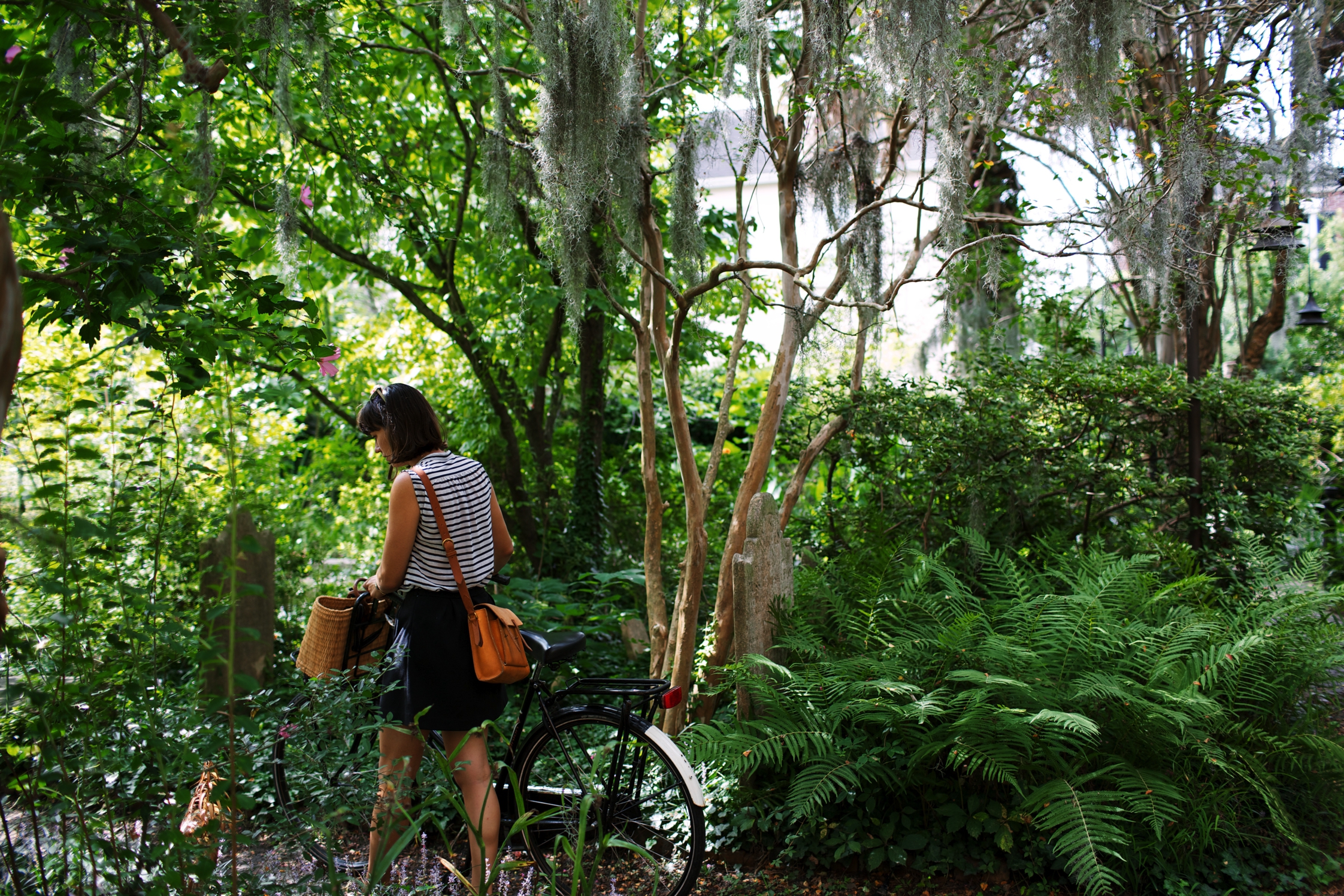

For a travel magazine, Charleston is a dream. As a 17th Century Atlantic seaside city with a fascinating Revolutionary and Civil War History, it is a city with impressive historic homes, charming churches, cobblestone streets and horse carriages. If the history doesn’t do it for you, there are swanky hotels and even swankier restaurants, not to mention cruise ship ports, golf resorts, and long stretches of silvery blond beach. But to locals, particularly the 20 to 30 year olds who have grown up with the city’s new found glamor, Charleston is a bit more complicated. Underneath all of the press, it is a city trying figure out it’s identity and how to handle all of this popularity.
When international visitors come to Charleston, I try to explain what it means to be in the Old South. It’s easy to begin with the romantic Gone With the Wind imagery — Spanish moss hanging from the oak trees, summer afternoons drinking sweet tea on the veranda, and everything moving at a slow and leisurely pace. But Charleston’s history is a little harder to explain. We don’t like to talk about how our beautiful plantations and top-dollar wedding destinations were built with slave labor, or how the young creative class has pushed into historically black neighborhoods. It’s much easier to focus on all of the ways we are up-and-coming rather than on the people who are down-and-out.
When I first moved to the city, I was 18 and starting my first year at the College of Charleston. Coming from the humdrum American suburbs, I was delighted by the flat, narrow streets where I could ride my bike. For the first time in my life, I was able to walk to restaurants, buy vegetables at the local farmer’s market, and browse boutiques between classes. Like most newcomers, I reveled in the quaint-but-cosmopolitan charm that is completely lost on other American cities. However, really digging your heels into Charleston means letting go of your starry eyes. Building a sustainable community is impossible if everyone is on permanent vacation.
For the past ten years, the city’s inhabitants have been working out how to develop a city that supports itself from within, rather than relying on tourism. As locals, we are setting up shop on our own blocks and serving each other in our own restaurants. We are putting our money back into our community with art festivals, school garden projects, literacy programs, ESL classes, and historic preservation. We are trying to create spaces where we can get to know each other, rather than simply catering for tourists. The aim is to feel at home in our own city. We want to be glamorous and down-to-earth at the same time.
The hot, steamy blanket that drapes over us after an afternoon storm pushes the out-of-towners back into their air-conditioned hotels. But this is the weather I like most. I’ve become used to the warm air in my lungs and the sweat beads on my upper lip. I like the cicadas, roaring like invisible armies in the trees. Even the cockroaches the size of golf balls remind me how ancient our landscape is, and how maybe we were never meant to live here. As a community, we have come a long way and hopefully we will soon come to realize that Charleston is hot because we have put summer after summer of sweat into it.
A list few places that are made for and by local Charlestonians:
Kudu Coffee: sweat it out with a cap in the courtyard
Five Loaves Café: cheap soups, sandwiches, and salads made with every garden vegetable
Xiao Bao Biscuit: Asian comfort food, late night double-dutch parties
Blue Bicycle Books: my first college job, Charleston’s only used bookstore
Jivamukti Yoga: spiritual classes to kick your butt and massage your soul
Unitarian Church Garden: a jungle cemetery tucked off King St. like a secret heaven
Bin 152: wine and cheese served by chatty bartenders who know wine and cheese
Fast and French: Croque monsieur at the counter please.
Photography: Olivia Rae James
Text: Kristen Gehrmann








